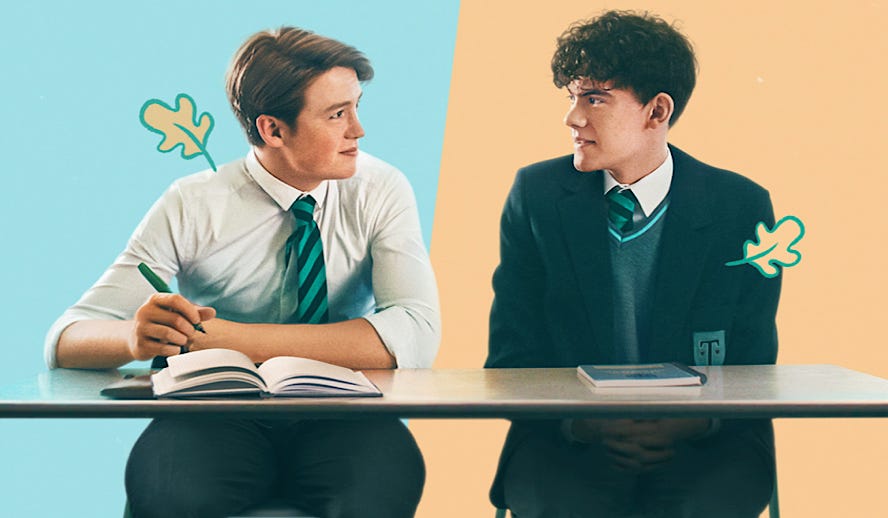Gobstopper
Gagging on Netflix's super-sweet drama 'Heartstopper'
Because I’m quite fond of my tooth enamel, I avoided Netflix’s Heartstopper when it was released last year.
I thought me and my pearlies had escaped, but the release of a second series this month, and the accompanying crescendo of critical acclaim (‘critical’ these days means of course ‘gushing’) - along with its promotion to official, untouchable AMAZIN…


